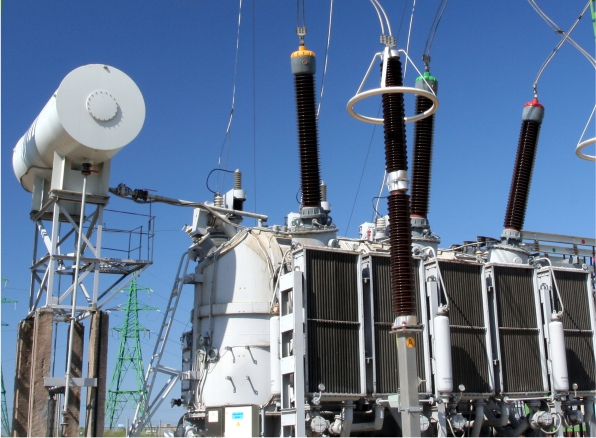Yash High Voltage Ltd.- Understanding the Importance of Bushings for Transformers( for H.V side and L.V side )
.jpg)
In order to protect and insulate the high-voltage (HV) and low-voltage (LV) sides of a transformer, bushings are a crucial component. They serve as a bridge between the external circuit and the transformer, enabling the efficient and secure flow of electrical energy. The transformer's high voltage winding is connected to the HV side bushing, which can resist high voltages. The LV side bushing, on the other hand, is attached to the transformer's low voltage winding and is built to resist lower voltages. The transformer's safety and dependability are greatly influenced by the insulation material used in the bushings. Porcelain, polymer, and oil-impregnated paper are the three insulation materials for bushings that are most frequently employed. These materials have strong mechanical capabilities, great insulating qualities, and resistance to environmental elements including moisture and temperature. Transformer bushings must be tested and maintained on a regular basis to ens...
